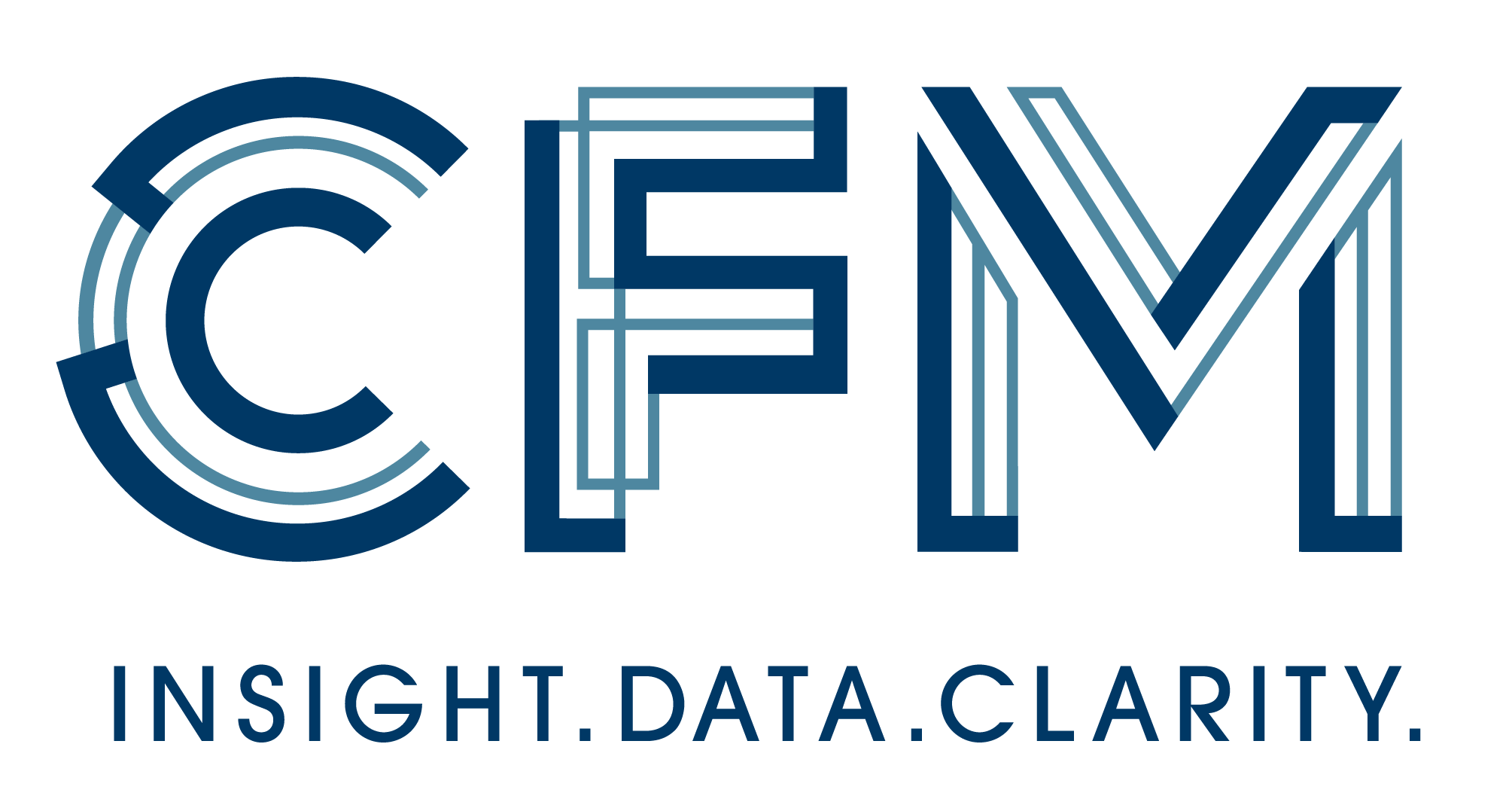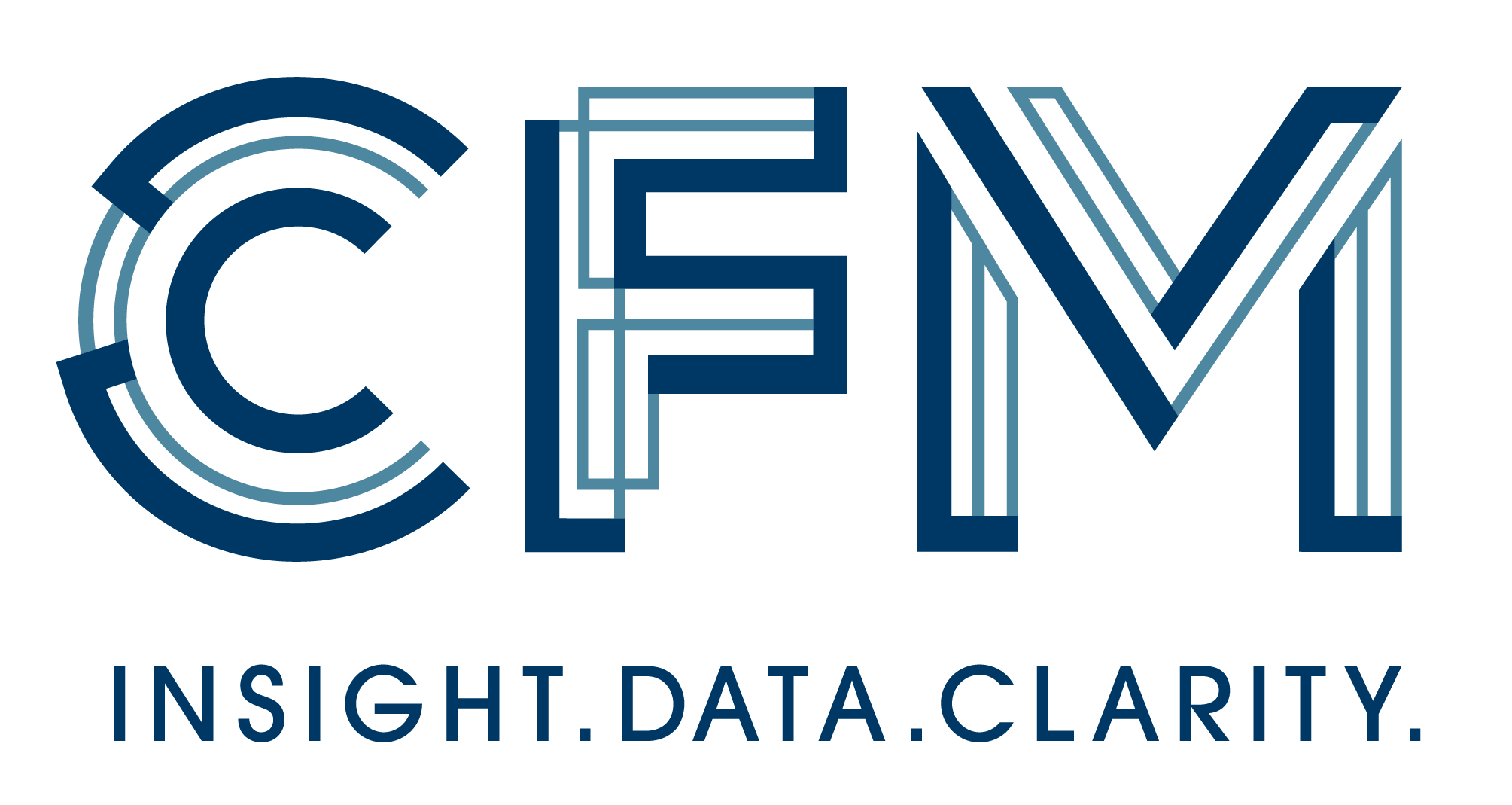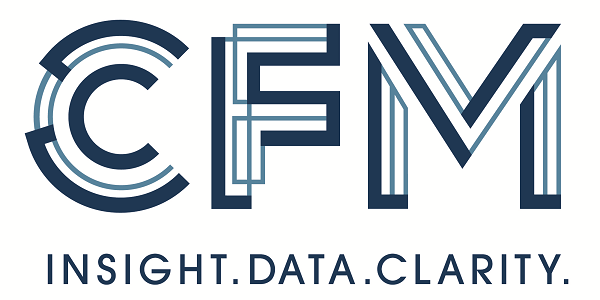Founded in 1991, Capital Fund Management (CFM) is a successful alternative asset manager and a pioneer in the field of quantitative trading applied to capital markets across the globe. Our methodology relies on statistically robust analysis of terabytes of data to inform and enable our asset allocation, trading decisions and automated order execution. Our people’s diversity and dedication contribute to CFM’s unique culture of research, innovation and achievement. We are a Great Place to Work company and we offer a collaborative and informal work environment, attractive offices and facilities.








